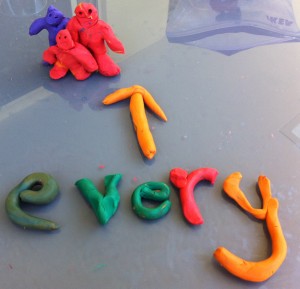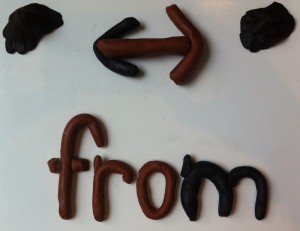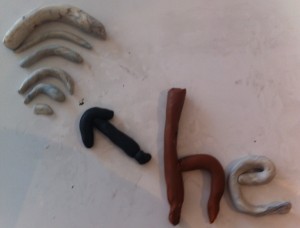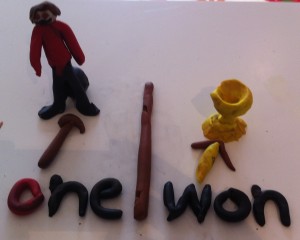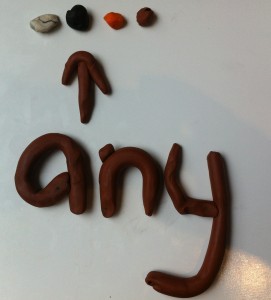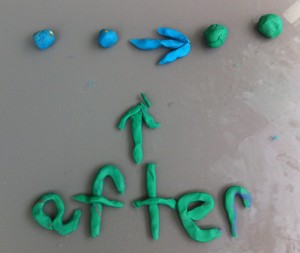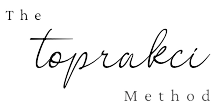
Personalized • Quality • Experience
Dyslexia
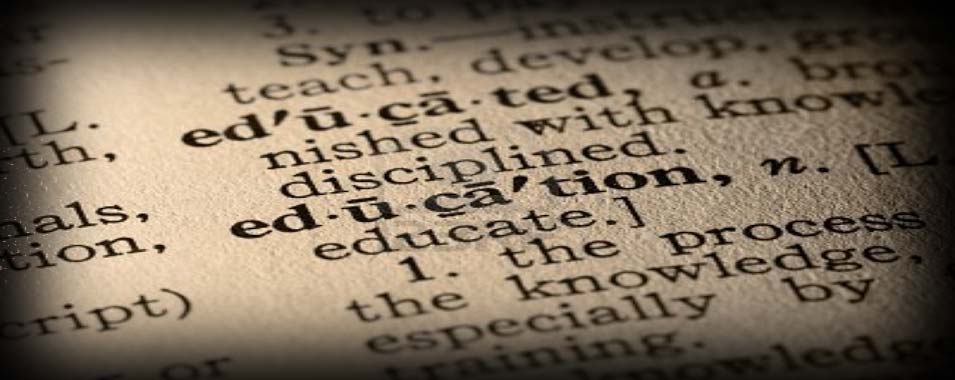
No one seems particularly clear on what dyslexia means. That’s fair enough as the term dyslexia was originally coined to describe most learning disabilities. What most people don’t know is that dyslexia is a unique way of thinking that has just as many benefits as it does challenges. It is creative and three-dimensional and fun and deeply engrained in the right hemisphere of the brain.
Further research has come to show that dyslexic tendencies and thinking are the root causes to most learning difficulties and struggles that kids have beyond reading: ADD and ADHD, behavior problems, problems with math, spelling, handwriting, and even clumsiness.
So what is dyslexic thinking? Dyslexics think in 3D. They have this amazing ability to shift and change perspectives. A real-life breathing cat is still a cat whether they have mentally oriented their perspective from the front, the sides, or the back of the cat. Only in the two-dimensional realm of reading and writing does this mental orientation matter and the order of the letters “c-a-t” matter. We all think in both verbal (sounds) and nonverbal (picture) based thinking; it’s all a matter of the degree in which type of thinking a person specializes in. Many times people do not even realize that they think in pictures, because the rate of this type of thought pattern happens so quickly it’s not always conscious, it’s more intuitive. Dyslexics are not thinking in sounds, words, or phonetics! And if you don’t think in this way, this can be a real problem in the world of academics.
As dyslexics read or listen to a sentence they are literally creating a mental picture as they read adding to that mental picture with each word as it comes up. As a verbal thinker reads a sentence, they think linearly and inter-connected, with an internal monologue of the sounds which assists in their meaning-making and understanding, creating meaning after reading or listening to the whole sentence. So the sentence The cat jumped on the table, mentally would go something like this for someone who has dyslexic tendencies: “the” would provide no mental picture or a blank, “cat” picture of a cat, “jumped” the cat would mentally jump,“on” this word may or may not bring up a picture of meaning, “the” blank mental picture, “table” picture of a table. So the person reading the sentence may end up with a mental picture of a cat jumping and then another separate picture of the table, not linking the two and losing the essential meaning of the sentence in entirety! The cat jumped on the table becoming two disconnected ideas rather than the original and intended meaning. This, of course, while reading causes confusion and what do dyslexics do when they get confused? They disorientate, they get frustrated, they don’t understand. The letters switch, they walk off the page, they move…
Fortunately there is a solution. And I daresay even a preventative measure for all students, especially students in their younger, developmental years. There is an array of tools that are designed to help using a three-dimensional clay- and meaning-based program that benefits all students’ reading which also compliments the phonetic-approach that we see in the traditional school system called The Davis Symbol Mastery Program. It is a program that gives students the ability to create their own meaning of the symbols of the written language and to develop their own meaning-based vocabulary and symbolic system to all words that cause confusion. Beyond the clay-based program, there are also alternative reading strategies that are not phonetic-based, but rather visual and meaning based, which help dyslexics read fluently. This clay-based program works for all subject matters and all concepts that cause any student confusion!
The Toprakci Method incorporates aspects of this clay-based word and symbol mastery program, but also brings in a unique combination of gratitude, breathwork, word study, balance, and brain-body work to help solidify the whole learning and reading process. It truly teaches the whole child to allow them to have a solid academic foundation and thrive as confident and critical thinkers.
